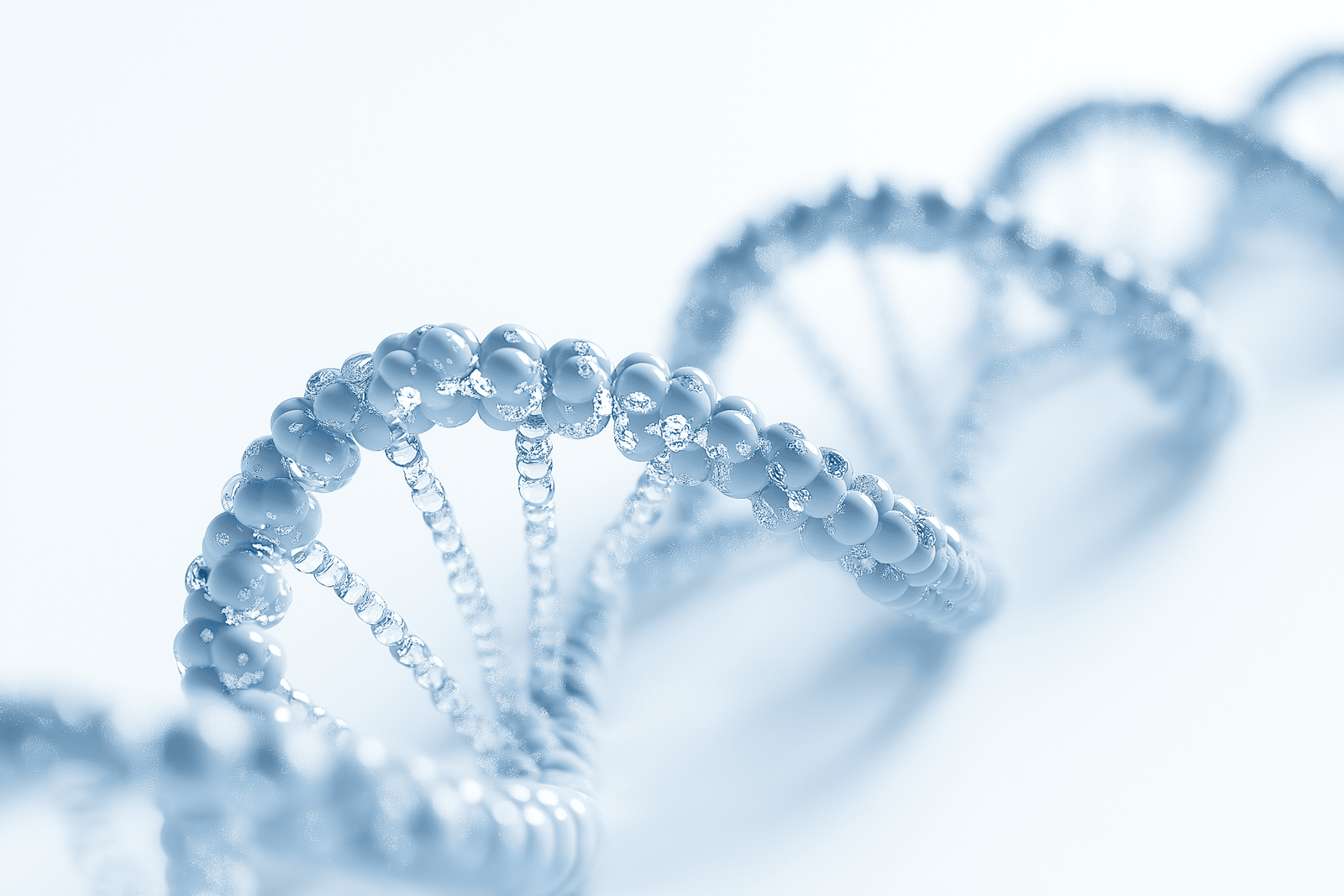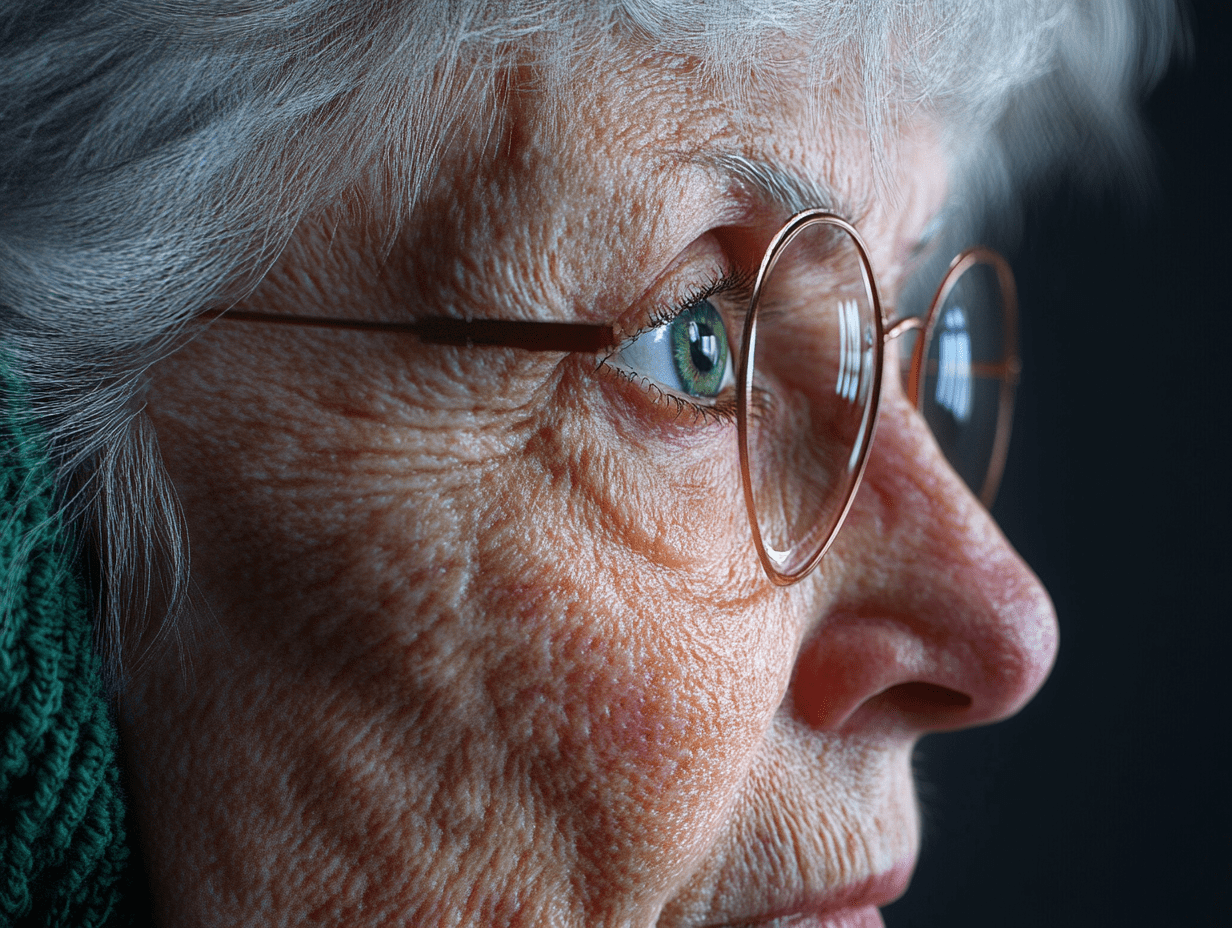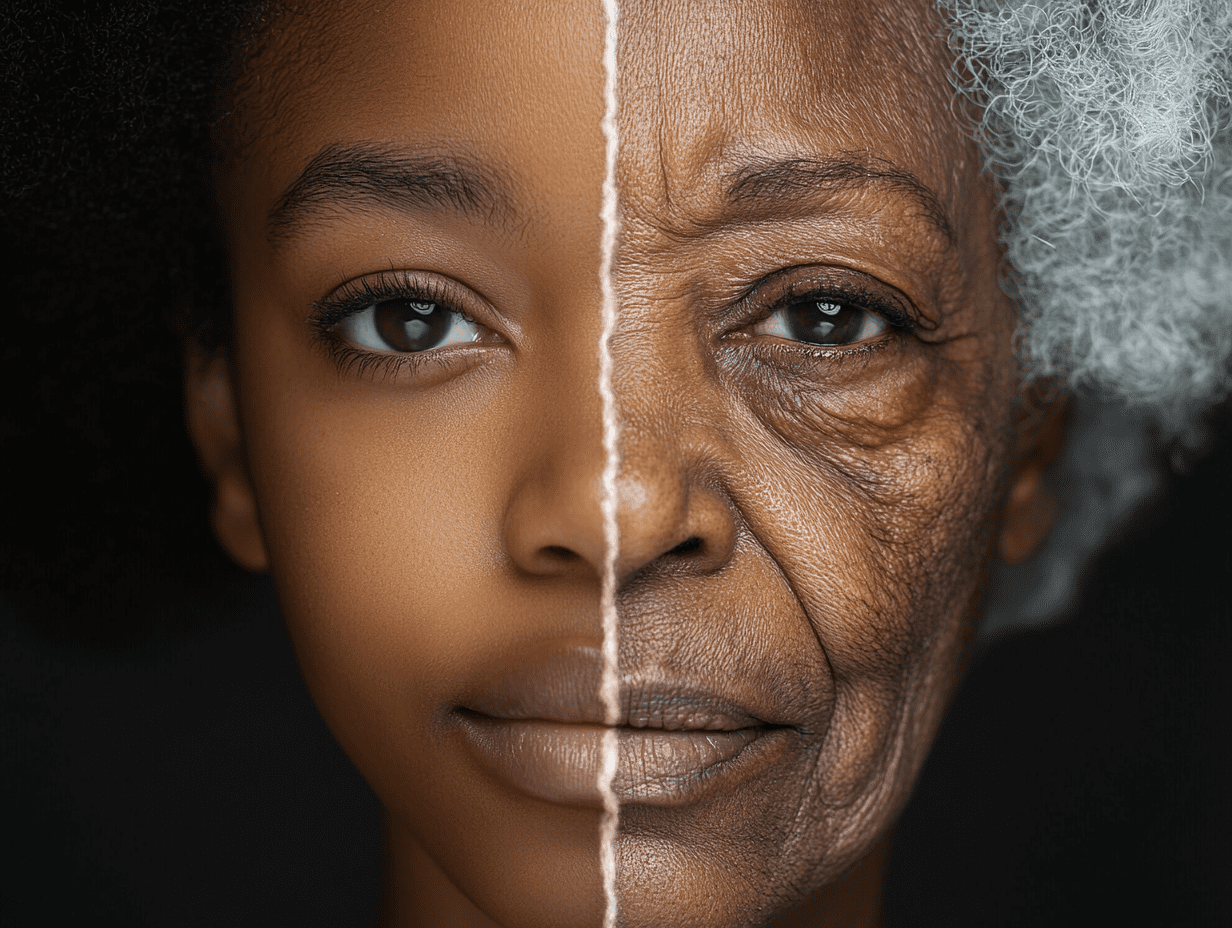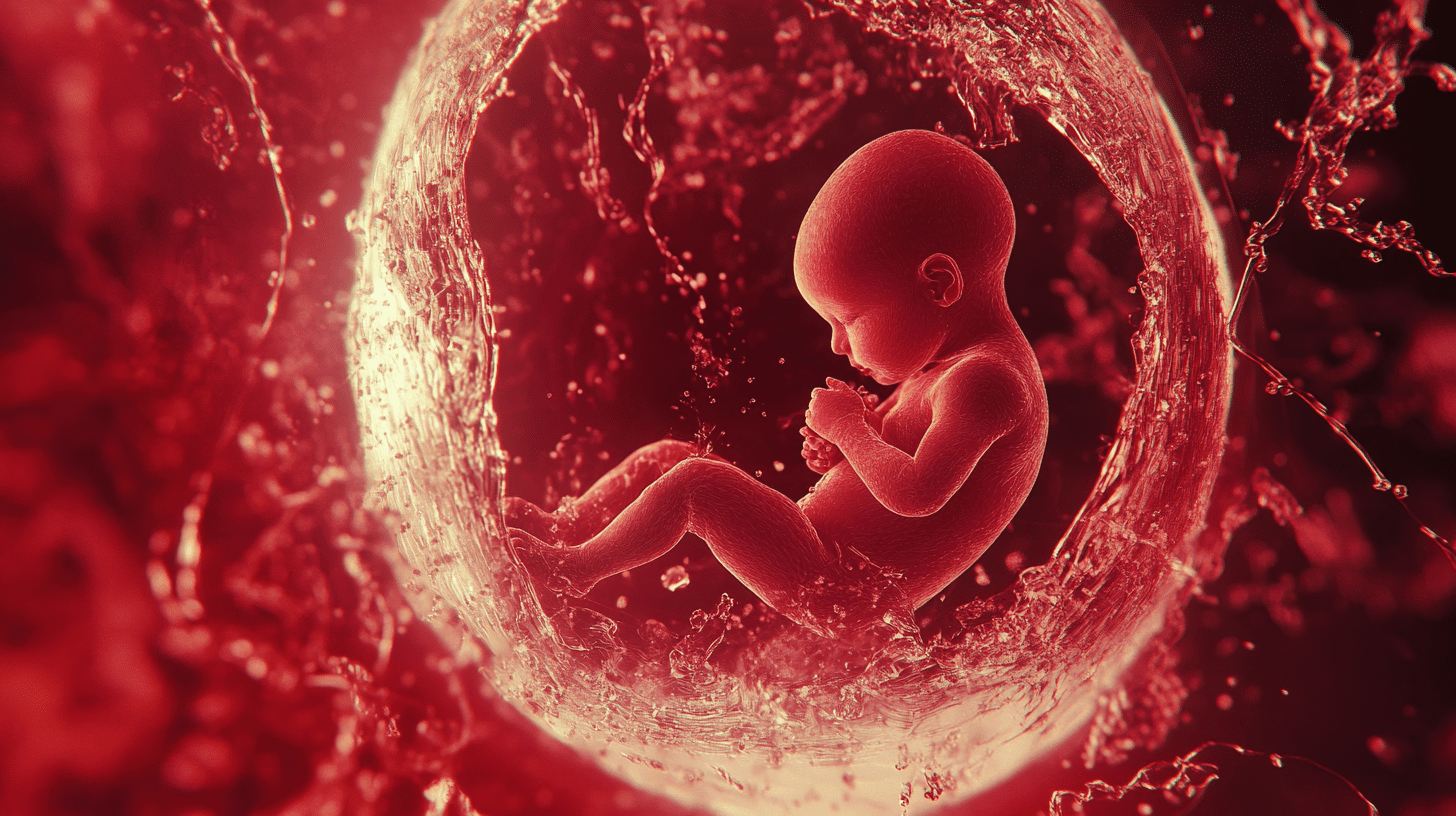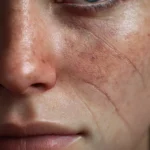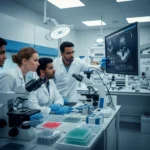Well, are Stem Cells a cure for Baldness in 2025? As of today, stem cell therapy isn’t a guaranteed cure for baldness. But it’s one of the most promising breakthroughs in reversing hair loss naturally.
We’ll go through how it works, the latest research & whether or not it’s actually better then a hair transplant!
Why am I losing my Hair?
Hair loss can happen for many reasons, genetics, hormones, aging, or medical conditions. It’s not just about losing a few extra strands in the shower. This can be a really horrible experience for some!
While some types, like androgenetic alopecia (male or female pattern baldness), happen gradually due to genetics and hormones, others, like alopecia areata, are caused by the immune system attacking hair follicles. Understanding why hair loss occurs is key to figuring out whether stem cell therapy can help with hair regrowth.
How Stem Cell Therapy works for Hair Loss
Stem cell therapy for hair loss works by releasing growth factors and healing signals that reactivate dormant hair follicles, stimulate new growth, and prolong the hair’s natural growth phase. (according to the latest research as you can see below)
This regenerative effect is driven mainly by mesenchymal stem cells through powerful paracrine signaling, not direct cell replacement.
Now in theory (& loads of clinics & articles online will say this), they can differentiate into hair follicles but as of right now, there’s not a lot of data showing we can get them to do this. Here are the different ways they can help. You can read more about the specifics in this review & this one, or we’ve simplified it here:
How Stem Cells Treat Baldness
Stem cells don’t become hair, they send out healing signals that wake up your existing follicles and tell them to grow again.
They release proteins like VEGF and IGF-1 to improve blood flow and stimulate stronger, faster hair growth.
This is your hair’s internal growth switch. Stem cells help flip it on to restart the growing phase.
They calm inflammation and help prevent immune cells from attacking your hair follicles, especially in autoimmune hair loss.
Stem cells strengthen the surrounding scalp environment and improve blood flow so follicles can thrive.
In theory, stem cells could become new hair cells. But so far, most results come from their healing signals, not direct replacement.
The Hair Growth Cycle: How Hair Normally Works
Your hair isn’t meant to grow forever! It follows a natural hair growth cycle that includes four main phases:
- Anagen (Growth Phase) – This is when your hair is actively growing. It lasts 2-7 years, depending on genetics.
- Catagen (Transition Phase) – A short 2-week phase where the hair follicle shrinks and detaches from the blood supply.
- Telogen (Resting Phase) – Hair stays in place for about 3 months, but new hair is forming underneath.
- Exogen (Shedding Phase) – The old hair falls out, making room for new hair to grow.
In a healthy scalp, this cycle continues smoothly, and new hair replaces the old. But when something disrupts this cycle, hair thinning or baldness can occur.
What Causes Hair Loss?
There are several reasons why people experience hair loss, including:
- Genetics & Hormones (Androgenetic Alopecia) – Also known as male pattern baldness or female pattern hair loss, this is the most common cause. It’s triggered by Dihydrotestosterone (DHT), a hormone that shrinks hair follicles over time, leading to thinner, weaker hair until they stop producing hair altogether.
- Aging & Slowed Hair Follicle Renewal – As we age, our stem cell activity declines, meaning fewer new hair follicles are produced. This leads to gradual hair thinning and slower regrowth.
- Nutritional Deficiencies & Poor Scalp Health – Lack of iron, vitamin D, biotin, or protein can weaken hair follicles. A buildup of sebum, dandruff, or scalp inflammation can also contribute to hair loss.
- Autoimmune & Medical Conditions (Alopecia Areata) – Some forms of hair loss, like alopecia areata, occur when the immune system mistakenly attacks hair follicles, causing sudden bald spots.
- Stress, Medication & Lifestyle Factors – Chronic stress, crash dieting, or medications like chemotherapy drugs, beta-blockers, or antidepressants can lead to temporary or permanent hair loss (telogen effluvium).
Do Minoxidil & Finasteride work for Thinning Hair?
Yes, Minoxidil (Rogaine) and Finasteride (Propecia) can help slow hair thinning and, in some cases, regrow hair, but they don’t create brand-new follicles. They only strengthen existing ones:
- Minoxidil (Rogaine) – Boosts blood flow to the scalp and helps extend the hair growth phase. It can thicken existing hair and even regrow some, but if your follicles are completely gone, it won’t bring them back.
- Finasteride (Propecia) – Blocks DHT, the hormone that causes hair follicles to shrink in male pattern baldness. It can slow hair loss and, in some cases, regrow hair, but once you stop taking it, hair loss often starts up again.
So where does stem cell therapy fit in? Instead of just maintaining what’s left, it helps revive weak or dormant follicles. It won’t magically grow hair where there are no follicles at all, but it could wake up follicles that other treatments aren’t helping. It works even better with PRP or other therapies.
Best Stem Cell Therapy clinics for Baldness
We don’t let any clinic just sign up or pay to be listed.
We speak to every clinic directly and review their medical team, the treatments they offer, how their stem cells are sourced and how they follow up with patients after treatment.
We also review licensing documents to confirm they meet the legal and medical standards of the country they operate in. For example, whether cells are processed in a GMP-certified facility or if they provide documentation on stem cell quality.
Clinics must also agree to let us collect and publish independent patient reviews. Both positive and negative.
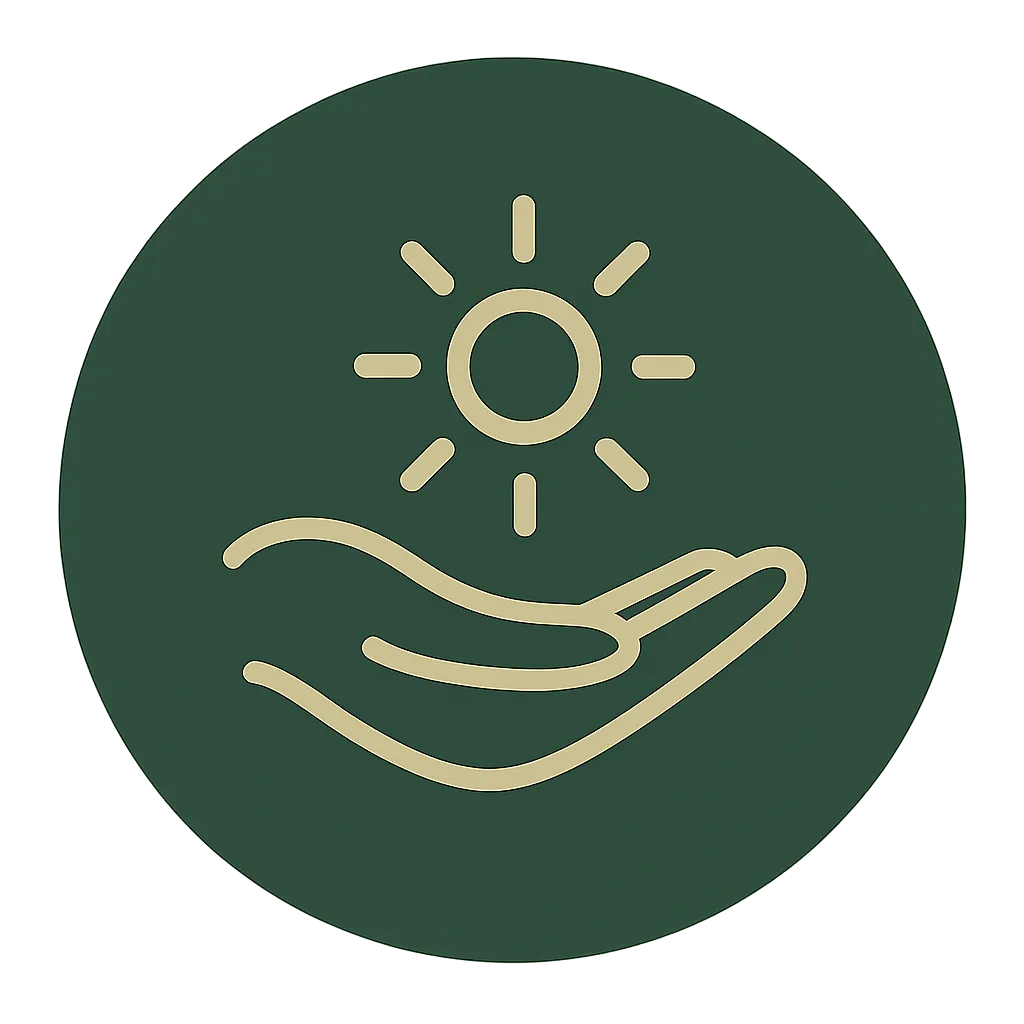
Why Use Alt Treatment?
We don’t just list clinics, we help you choose the right one, get the best pricing and support you through the entire journey. For free.
Compare with Confidence: Get clinic matches based on your condition, location, and budget.
Ask the Right Questions: Know what to ask before committing
Save on Treatment: Unlock exclusive discounts on vetted clinics and follow-up care.
We’re With You After Treatment: We check in post-treatment and help resolve any issues.
Travel & Visa Help: Need to travel for care? We can help with logistics, documents, and local tips.
Found a Clinic Elsewhere? We’ll check their licensing and track record for you, free of charge.
No Strings Attached: Even if you choose a clinic we don’t partner with, we’re still here to help you make the best decision.
Top Stem Cell Therapy Clinics in Japan & South Korea for Baldness
We’re working with a number of approved clinics in Japan & South Korea for Baldness. We’re in the process of designing profile pages, but fill out our form to learn more about them.
Discuss Japanese or Korean ClinicsTop Stem Cell Therapy Clinics in Colombia for Baldness

Alevy specializes in stem cell and exosome therapy, using umbilical cord-derived MSCs to treat a wide variety of conditions, from Diabetes, Multiple Sclerosis to Osteoarthritis & Orthopaedic injuries. Their medical team brings over 15 years of experience in pain management, tissue regeneration, and immune system modulation. With three world-class clinics in Medellín, Bogotá, and Pereira, you have options on where you want treatment!
View Full Profile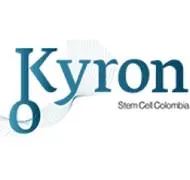
Kyron Stem Cells is a Stem Cell Therapy clinic that focuses on a variety of treatments, including joint pain, chronic fatigue, autoimmune issues, and overall wellness. The clinic is led by Dr. Carlos Rojas, who has been working with stem cells since 1991 and has over a decade of experience in functional and hormone-based medicine. He is known for creating treatment plans that are genuinely personalized, based on each patient’s biology and lab results.
View Full ProfileTypes of Stem Cells used in Hair Treatments
Adipose-Derived Stem Cells (ADSCs) for Hair Loss
ADSCs are one of the most researched stem cell types for hair restoration, mainly because they’re easy to obtain (from fat tissue) and packed with regenerative potential. These cells don’t turn into hair follicles themselves but instead release powerful growth factors like VEGF, IGF-1, and FGF. All of which help nourish follicles, improve blood flow, and create a healthier environment for hair growth.
Bone Marrow-Derived Stem Cells (BMSCs) for Hair Loss
BMSCs have been studied for their ability to help with tissue repair and reduce inflammation. Which can create a better environment for hair growth. While they don’t directly turn into hair follicles, they release important signaling molecules that may improve follicle survival and function.
That said, BMSCs aren’t as commonly used for hair loss treatments. Mainly because extracting them from bone marrow is invasive, whereas adipose-derived stem cells (ADSCs) are much easier to obtain from fat tissue.
Hair Follicle Stem Cells (HFSCs) for Baldness
HFSCs live inside the hair follicle itself, specifically in the bulge region, and they’re directly involved in hair growth. Unlike ADSCs or BMSCs, which work by sending out growth signals, HFSCs are already built for follicle repair and regeneration. Research suggests that they may help extend the anagen (growth) phase of hair follicles, which could lead to thicker, healthier hair over time.
However, one review found In long-term hair loss, follicle stem cells can weaken or go dormant, making them less effective for treatments that use your own cells. As quoted:
“In aging, the follicular stem cells were found to migrate away from the niche… without the support of the niche, the cells undergo apoptosis or senescence, thereby contributing to follicular degeneration.”
Umbilical Cord-Derived Stem Cells (UC-MSCs) for Hair Loss for Baldness
Right now, there isn’t tons of research covering umbilical cord-derived stem cells (UC-MSCs) for hair loss, so their effectiveness in hair regeneration isn’t well-documented yet. That said, UC-MSCs are known for their strong regenerative abilities, mainly by sending out growth signals that reduce inflammation and support follicle health. Some researchers believe they could be useful for conditions like autoimmune-related hair loss, but for now, there’s not enough evidence to say for sure.
Paracrine Signaling and Growth Factors for Hair Regrowth
One of the biggest takeaways from current research is that stem cells don’t turn into hair follicles themselves. Instead, they send out signals that activate the body’s own follicular stem cells. This process, called paracrine signaling, involves releasing molecules like VEGF, IGF-1, and FGF, which improve blood flow, reduce inflammation, and create a healthier environment for hair growth.
Another key player in hair regeneration is the Wnt/β-catenin pathway. This pathway helps kickstart dormant follicles, pushing them from the resting (telogen) phase into the active growth (anagen) phase, which is essential for new hair growth.

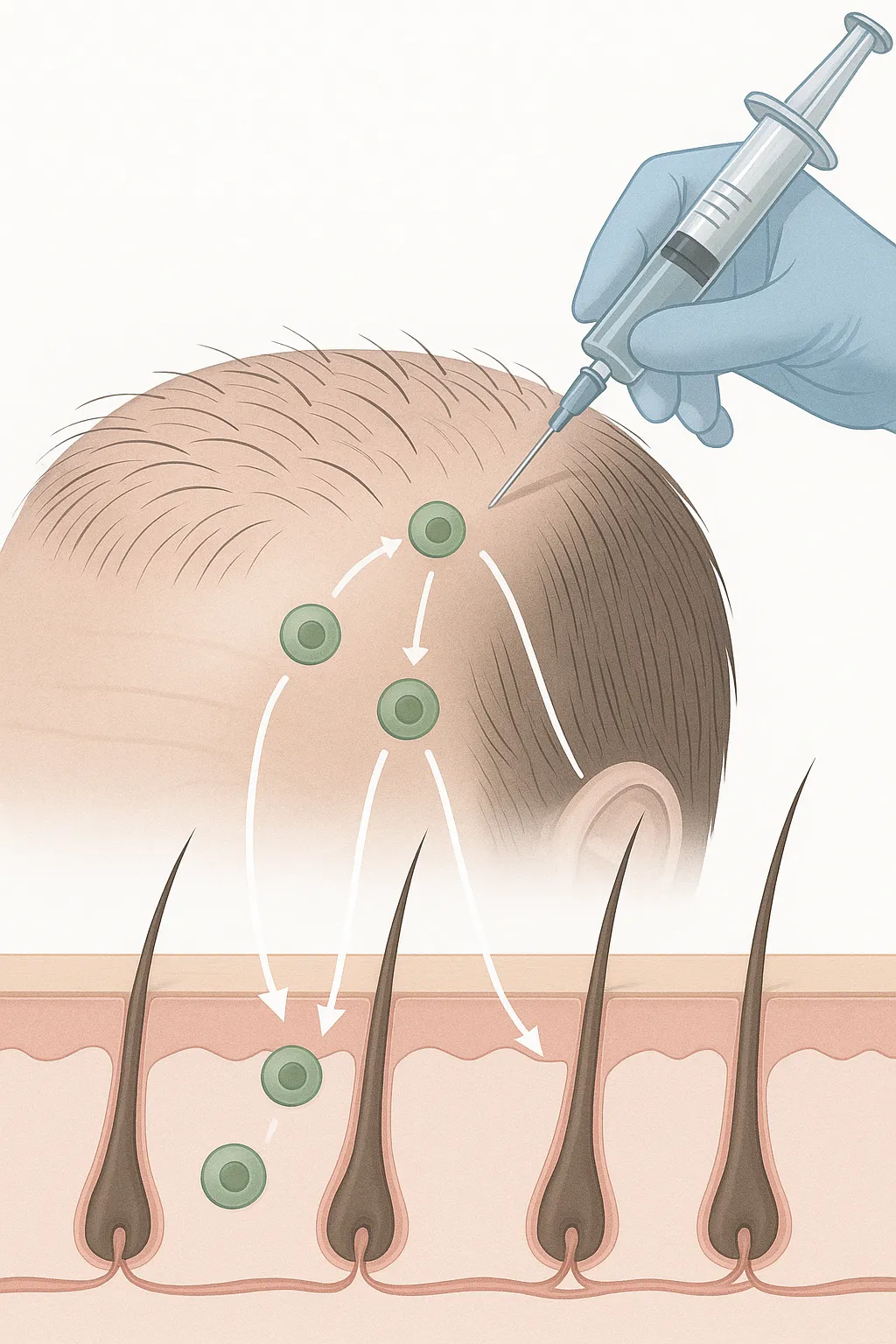
Improves blood flow to the follicle
Reduces follicle shrinkage
Extends the anagen phase
Reactivates dormant follicles
Can Stem Cells regrow hair?
Yes, stem cell therapy may help regrow hair by repairing damaged follicles and stimulating new growth, but it’s still in the early stages of research & it hasn’t been proven to work for everyone. Some studies show that adipose-derived stem cells (ADSCs) can reduce inflammation and improve hair density. Right now, it might not be as effective as a hair transplant but it’s definitely less invasive.
How much does Stem Cell Therapy for Baldness cost in 2025?
Stem cell therapy for hair loss costs between $3,000 and $11,500 per session, making it one of the pricier options compared to PRP and hair transplants. Depending on the country you’re getting treatment in, affects the price. We’ve gathered our pricing data in a few different ways & we’re always updating it!
- From analysing & speaking to approved Stem Cell clinics in South Korea specifically, Stem Cell hair treatments cost between $3,000 – $8,500. (View South Korea Country & Cost Guide)
- In Japan, Stem Cell Hair loss treatments cost between $3,500 – $11,500. (View Japan Country & Cost Guide)
- In Colombia, Stem Cell Baldness treatment prices range between $5,000 – $8,000. (View Colombia Country & Cost Guide)
- In Thailand, Stem Cell Hair Therapies cost between $3,000 – $8,000. (View Thailand Country & Cost Guide)
- In Dubai, prices for Stem Cell Hair loss treatment start at $3,000. (View Dubai Country & Cost Guide)
Hair loss can be frustrating and overwhelming to treat. We’re not here to hype miracle cures. Our goal is to help you decide for yourself if it’s worth exploring and show you trusted clinics when you’re ready.
Get Free GuidanceNo pressure. No spam. Just honest advice to help choose the right clinic.
Is Stem Cell Therapy better than Hair Transplants or PRP for hair growth?
For advanced hair loss, hair transplants are the best choice since they permanently move healthy hair to bald areas. PRP and stem cell therapy can help with thinning hair, but they can’t regrow lost follicles. BUT, hair transplants are way more invasive, you have to weigh up the pro’s and cons!
Here’s a breakdown for you:

| Feature | Stem Cell Therapy | PRP | Hair Transplant |
|---|---|---|---|
| Process | Regenerates follicles | Uses plasma to stimulate growth | Transfers healthy hair follicles |
| Invasiveness | Minimally invasive | Minimally invasive | Surgical, more invasive |
| Recovery Time | 1–2 days | 1–2 days | 2–3 weeks |
| Results | Stimulates growth, multiple sessions | Good for early hair loss | Permanent, suited for bald spots |
| Cost | $3,000–$10,000 | $500–$2,500 per session | $1,500–$10,000 total |
| Best For | Early-to-moderate loss | Early-stage hair thinning | Advanced hair loss |
Stem Cell Hair Loss Treatment Process: What to expect
- Extracting the Stem Cells – The most common sources are bone marrow, fat tissue (ADSCs), or umbilical cord-derived MSCs. These cells are rich in growth factors that promote tissue repair.
- Processing and Activation (if required) – Some treatments use fresh stem cells, while others may process them in a lab to concentrate regenerative factors before injection.
- Injecting the Stem Cells – The prepared stem cells are injected into areas of hair thinning or baldness, often using microneedling or direct scalp injections to ensure better absorption.
- Stimulating Hair Follicles – Stem cells don’t turn into hair follicles, but they send signals that activate dormant follicles, improve blood flow, and reduce inflammation. Creating better conditions for hair growth.
- Long-Term Effects – Unlike traditional treatments like PRP, which mainly enhances existing hair follicles, stem cell therapy aims to repair and regenerate hair follicles at a deeper level. Potentially leading to more sustained regrowth.
Why Stem Cells?
- MSCs & ADSCs release growth factors that promote hair follicle survival.
- They reduce inflammation, which is often linked to hair loss.
- They improve scalp blood circulation, delivering nutrients to weakened follicles.
Stem Cell Hair Transplants vs. Stem Cell Injections – Which Is Best?
Stem cell transplants are a better option for advanced hair loss or severe conditions like alopecia. They’re more powerful than injections because they use lab-expanded cells, delivering a much higher dose. Stem cell injections use a smaller amount of cells, and are best for early-stage hair thinning. Here’s deeper breakdown:
While both aim to regrow hair, the real difference comes down to how many Stem Cells are used and how they’re prepared.
- Stem Cell Injections: This approach uses a smaller number of stem cells, often taken from your own fat tissue (adipose-derived stem cells or ADSCs) or bone marrow. The cells are minimally processed and injected directly into the scalp. It’s a simpler, quicker option that works well for early-stage hair thinning or mild hair loss.
- Stem Cell Transplants: Here’s where things get supercharged. Stem cells are collected, cultured, and expanded in a lab to create a much higher concentration. These “super cells” are then injected into the scalp, making this method ideal for advanced hair loss or more severe conditions like alopecia. Clinics often use two main sources:
– Adipose Tissue (ADSCs): Expanded stem cells taken from fat tissue.
– Umbilical Cord-Derived MSCs (UC-MSCs): Donor stem cells known for their potency and anti-inflammatory properties.
That said, availability can be tricky. Countries like Japan and UAE allow cultured stem cells, but in the US, regulations are tighter, and expanded cells are only available through clinical trials.
The Bottom Line:
Both options have shown promise! But stem cell transplants tend to offer greater potential due to the higher concentration of Stem Cells used.
- Transplants: Higher cell numbers, cultured in labs, and suitable for advanced hair loss.
- Injections: Smaller cell volumes, minimally invasive, and ideal for mild hair loss.
What are the success rates for Stem Cell Therapy Treating Baldness?
One review found that in all 15 Clinical trials, stem cell treatment was successful for everyone at varying levels. BUT honestly, looking at wider data, results vary and the process still needs work.
From one review (here), this is a table of results from all the trials they checked out:
Positive Outcomes from Studies:

| Author, Year | Country | Study Type | Stem Cell Type | Treatment Sessions | Results |
|---|---|---|---|---|---|
| Tsuboi et al., 2020 | Japan | RCT | HFSCs | 1 session | Hair density improved more than placebo, especially in people over 51 |
| Gentile et al., 2017 | Italy | NRCT | HFSCs | 1 session | People who got the stem cell treatment saw about a 29% increase in hair density (give or take 5%), while the placebo group saw less than a 1% increase |
| Elmadaavi et al., 2018 | Egypt | RCT | BMSCs + HFSCs | 1 session | Both groups saw similar hair growth; difference not statistically strong |
| Zari et al., 2021 | Saudi Arabia | Single-arm | HFSCs | 1 session | People grew around 5 to 7 more hairs per square centimeter of scalp after treatment |
| Narita et al., 2020 | Japan | NRCT | ADSCs-CM | 6 sessions | Hair density improved significantly with strong statistical reliability |
| Ruiz et al., 2019 | Spain | Single-arm | HFSCs | 1 session | Hair density increased by about 30%, with most people seeing between 27% and 33% improvement. |
| Gentile et al., 2019 | Italy | ROCA | HFSCs | 2 sessions | Hair density improved ~30%; placebo group had almost no change |
| Kim et al., 2021 | South Korea | Single-arm | ADSCs (SVF) | 1 session | Hair density increased by 48% on the treated side, compared to 35% on the untreated side. |
| Fukuoka et al., 2015 | Japan | NRCT | ADSCs-CM | 6 sessions | Hair density went up by around 29 hairs per cm² in men and 16 in women, with some variation in both groups. |
| El-Khalawany et al., 2022 | Egypt | Single-arm | ADSCs | 1 session | Hair count increased by about 16%, going from around 131 to 152 hairs per square centimeter. |
| Shin et al., 2015 | South Korea | ROCS | ADSCs-CM | 12 topical sessions | Hair density increased by 16%, from about 105 to 123 hairs per square centimeter. |
| Gentile et al., 2020 | Italy | RCT | HFSCs | 3 sessions | Hair count increased by 18 hairs in the treated area, while the control group saw a slight loss. The results were very reliable and not due to chance |
| Perez Meza et al., 2017 | Spain | ROCS | ADSCs | 1 session | People grew about 31 more hairs per cm², which means their hair density improved by 23% |
| Lee et al., 2020 | South Korea | RCT | ADSCs-CM | 12 topical sessions | Hair density increased to 102 hairs per cm² in the treatment group, compared to 89 in the placebo group. The difference was statistically significant. |
| Tak et al., 2020 | South Korea | RCT | ADSCs-CM | 16 topical sessions | Hair density increased by 28% and hair strands got 14% thicker. Both results were significantly better than the placebo group. |
Negatives and Limitations the studies showed:
- Short-Term Data: Most studies only follow participants for 6 to 12 months, meaning we don’t have a complete picture of the long-term effectiveness. It’s possible that multiple sessions might be necessary to maintain results over time
- Not for Everyone: Results can vary. Some people experience impressive growth, while others see minimal changes. This means stem cell treatment might not work equally for everyone.
- Regulatory & Research Gaps: While early results are promising, more high-quality, randomized clinical trials are needed to validate the effectiveness of stem cell therapy for hair loss
To read more about the recent research & current studies, check out this article where we’ve collated all the recent studies and trials for Stem Cells treating hair loss.
Looking into Stem Cell clinics for your Hair loss?
Browse verified stem cell clinics in Colombia, UAE and more that we’ve already personally vetted.
Browse Verified Stem Cell ClinicsBenefits of Stem Cells for Baldness
- Minimally Invasive: Unlike hair transplants, stem cell therapy is less invasive, reducing downtime and recovery.
- Natural Regrowth: It uses your body’s cells, so it’s a more natural way to stimulate hair growth.
- Versatile Application: It can address various types of hair loss, from androgenic alopecia (pattern baldness) to alopecia areata.
- No Hormonal Side Effects: Unlike finasteride, which can cause sexual side effects like loss of libido and erectile dysfunction, stem cell therapy works without altering hormone levels.
Risks and Challenges of Stem Cell Hair Loss Treatments
- Types of Stem Cells used : Type of Stem Cells Used: Different stem cells, such as adipose-derived stem cells (ADSCs) and hair follicle stem cells (HFSCs), have varying capacities for promoting hair regrowth. The choice of stem cell type can impact treatment outcomes.
- Cost: Treatments can be pricey, ranging from $3,000 to $10,000 per session and insurance usually doesn’t cover it.
- Safety and Efficacy: Early results look promising, with many patients seeing thicker, healthier hair after treatment. But since most studies only track results for a year or less, we still don’t know how long the benefits last or if multiple sessions are needed to maintain growth. More research is needed to confirm long-term safety and effectiveness
Stem Cell Hair Treatments: US, UK, and Australia Regulations Explained
- United States: Stem cell treatments for hair loss are tightly regulated by the FDA and considered experimental. Clinics can only use minimally manipulated cells. Like those derived from fat tissue (ADSCs) or bone marrow and they can’t grow or culture cells in a lab, limiting the number of cells offered per treatment.
- United Kingdom: Stem cell treatments for hair loss are available in private clinics, with options like adipose-derived stem cells.
- Australia: In Australia, clinics stick to using adipose-derived stem cells (ADSCs) for hair loss treatments, as they’re approved under strict TGA guidelines. Umbilical cord MSCs aren’t an option here unless it’s part of an official clinical trial
To learn more about differences in treatment levels in other countries like Japan & Colombia, check out our article on The Best Countries for Stem Cell Therapy.
Who Is a Good Candidate for Stem Cell Treatment for Baldness?
- People with mild to moderate hair loss (e.g., androgenic alopecia).
- Those who haven’t seen success with PRP or other therapies.
- Patients seeking a natural, minimally invasive option.
Note: Stem Cell Therapy may not work for advanced baldness where hair follicles are completely inactive.
How long does it take to see results?
Most patients begin to notice results like thicker, denser hair within 3–6 months. Improvements may continue over time, with some people needing multiple sessions for sustained growth.
What to Expect: Stem Cell Hair Treatment Before and After
After treatment:
- First Few Days: Mild redness or swelling in the scalp (temporary).
- 3–6 Months: Noticeable improvements in hair texture, thickness, and density.
- Long-Term: Results vary—some may need follow-up sessions every 12–18 months to maintain results.
Is Stem Cell Treatment for Baldness Worth It in 2025?
Stem cell treatment for baldness is showing real promise in 2025, but it’s not yet a guaranteed solution.
The latest clinical data shows that stem cell treatments can safely increase hair density, often by 20–30% especially when combined with other therapies like minoxidil or PRP. Most patients saw moderate improvements with minimal side effects, and some studies showed significant gains over placebo. It also looking like it’s extremely safe, no adverse events have happened.
But key questions remain: we still don’t know the ideal dose, the best stem cell type, or how long results truly last.
If you’re getting treatment, make sure you know what type of cells you’re getting & understand that it works by sending signals (not turning into new hair). And be aware you most likely need another treatment in 9-12 months!
To learn about other conditions Stem Cells can help with, check out our article on What Conditions Stem Cell Therapy can help with.
Alt Treatment is a free, independent platform that helps you understand stem cell therapy & decide if it’s right for you.
We break down complex information into clear, honest guidance. When you’re ready, we can connect you with verified clinics that meet your needs, in the right location, and often with exclusive discounts.
There’s no charge to use our platform. No hidden fees. No pressure. Our main aim is to genuinely help you figure out if treatment is right & the best places to consider.
If you want to talk, fill out our form here & our personal concierge team will reach out.
One Study reported Stem Cell Therapy’s worked for up to 67% of people who had treatment for hair loss. BUT results vary, there’s still a lot we haven’t proven yet. In terms of effectiveness, it’s probably not as effective as a hair transplant yet.
Yes, private clinics in the UK now offer stem cell treatments for hair loss.
Stem cell therapy and PRP are leading the way as the most advanced treatments for hair loss in 2025. Scientists are also diving into induced pluripotent stem cells (iPSCs). iPSCs can be reprogrammed to act like dermal papilla cells, which are essential for hair growth. While iPSC research is still in its early days, it’s showing a lot of promise as the next big thing in hair restoration.
Stem cell therapy is a better option for male pattern baldness than PRP since it has the potential to revive weakened follicles. PRP only works if hair is still present. That said, if the area is completely bald, a hair transplant is the most reliable solution
Right now, hair transplants are the better option for advanced hair loss. They permanently restore hair, while stem cell therapy is still experimental & doesn’t work for everyone. However, stem cells are less invasive.
Fill in your details below
For a discounted offer for Stem Cell Therapy!
